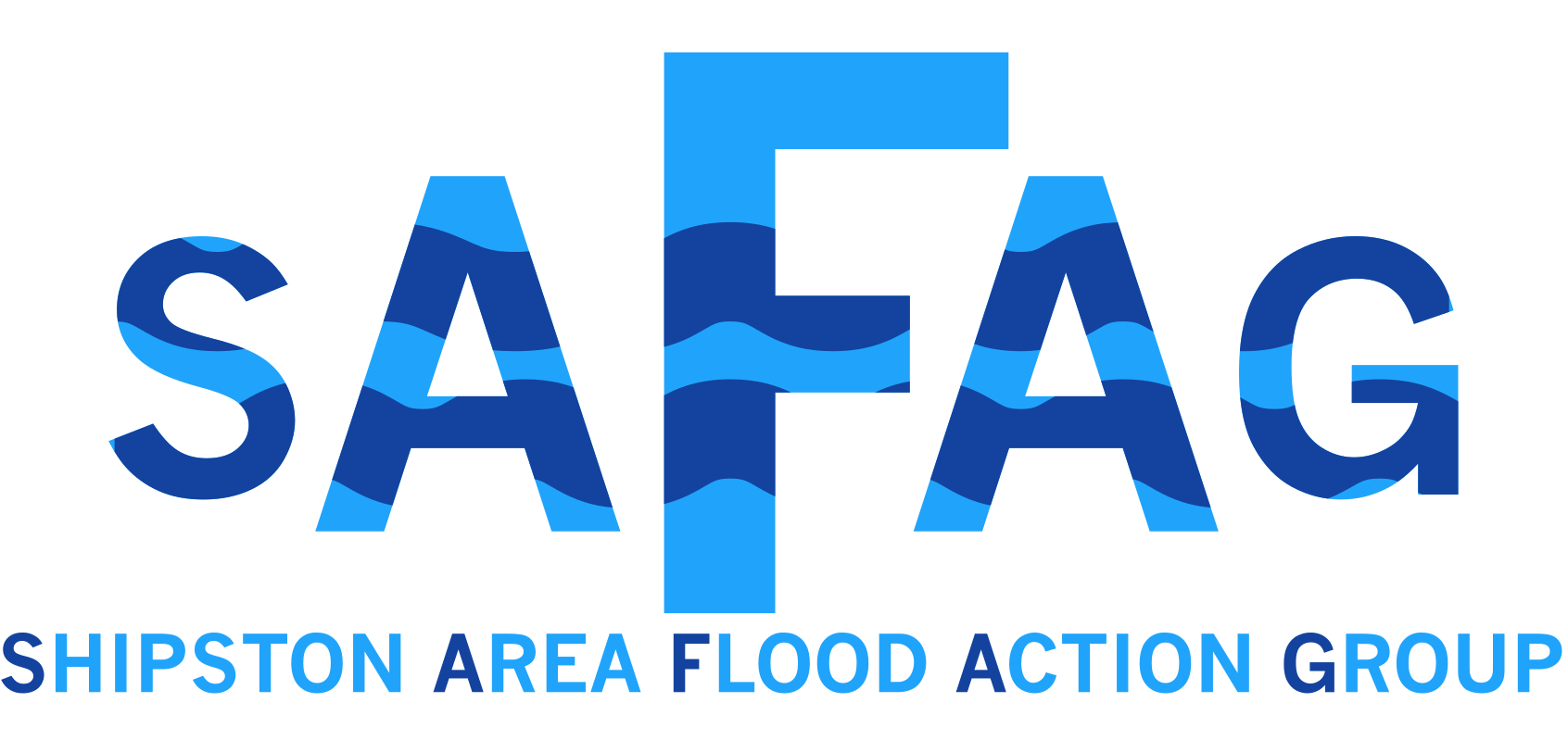Towards the end of 2020 and into 2021 we are partnering with the EA and have employed Severn Rivers Trust to provide consulting services to undertake Whole Farm Appraisals for us. This process examines practices, geography and geology including soil sampling that may be leading to excess surface water run off and could have adverse consequential effects for flooding and the environment.
Working with farmers at 10/15 locations SAFAG will be developing plans and programmes that aim to be beneficial to all, economically, environmentally and to flood risk.
This (WFA) approach is a precursor to the upcoming Environmental Land Management grant scheme which will replace Countryside Stewardship in due course, and shown below is SAFAG’s introduction to WFA for farmers and landowners.



WHOLE FARM APPRAISAL PLANS - AN INTRODUCTION

Since 2017, SAFAG has implemented nearly 700 Natural Flood Management (NFM) measures across the Warwickshire Stour Catchment including feeder watercourses in Oxfordshire and Gloucestershire. These are starting to make a significant difference but there is still plenty of opportunity to do more.
We have therefore teamed up with the Environment Agency and Severn Rivers Trust to develop a new initiative which aims to develop plans which maximise flood alleviation opportunities and environmental and water quality improvement through better management of rainwater run off across whole farms.
These plans involve visits of half a day (sometimes more on a large farm) by a qualified farm land management consultant and the production of a report with recommendations for improvement where possible.
They are undertaken at no cost to the farmer or landowner and there is no liability to accept any of the recommendations. Where recommendations are accepted (in relation to NFM) SAFAG will work with the farmer on developing plans for their installation at no cost to the farmer.
Delivery of Whole Farm Plans
We are very aware that the successful relationship we build with farmers and landowners is based upon trust and openness. With this in mind, there will be 1 advisor working within the catchment that can be the single point of contact for the farm advice and whole farm plans.
This work will involve looking at water flow and erosion risk maps for the catchment and identifying the priority holdings to target first which might deliver the best benefits for Natural Flood Management (NFM) measures. Once specific holdings have been identified, the farm advisor would undertake a series of on farm discussions and farm walkovers in order to produce the Whole Farm Plan.
The whole farm plan would include the following:
- Name address and grid reference of the farm/land. Tenant/landlord/etc.
- Farm boundary mapped including any additional land parcels associated with the farm enterprise.
- Visual Silage, Slurry and Agricultural Fuel Oil (SSAFO) inspection. Any breaches to be immediately drawn to landowner’s attention for rectification and will be included in the plan.
- Identify stock access to watercourses.
- Manure and Slurry storage and spreading.
- Farmyard clean and dirty water separation.
- Pesticide stores and handling facilities.
- Soil erosion/surface run off.
- Field drains and ditches.
- Management of fields, including cropping, bare winter soil, livestock grazing times.
- Provision of fertiliser and manure use for fields.
- Any other issues likely to cause pollution or degradation of watercourses.
- Identify interventions to provide NFM benefits. Where interventions are delivered the land manager/farmer/owner will sign an agreement to maintain the structures and interventions installed for a minimum of 5 years. This will be one of the conditions attached to the delivery of interventions.
- Opportunities to benefit biodiversity will be identified.
- The plan will include a table detailing all the natural capital and ecosystem service benefits that the identified interventions could deliver and an approximate cost for each. This would include rainwater harvesting options.
- A map of the holding illustrating the natural capital and ecosystem service benefits identified within the table (see below example).
- Soil compaction testing will be undertaken within a minimum of 3 fields
- Soil pits will be dug in a minimum of 3 fields including a worm count to look at the structure of the soil and look for areas of compaction, depth of compaction, waterlogging which will provide an outline indication of soil health and organic carbon content and water holding capacity within the soil.

Delivery of NFM Measures
The whole farm plan and discussions with the farmer will identify opportunities to deliver NFM measures on the farm. Where SAFAG has already undertaken works these will be additional and complementary to them. Where compaction issues have been found through the in-field soil pits advice would include remediation through appropriate soil aeration or sward lifting.
